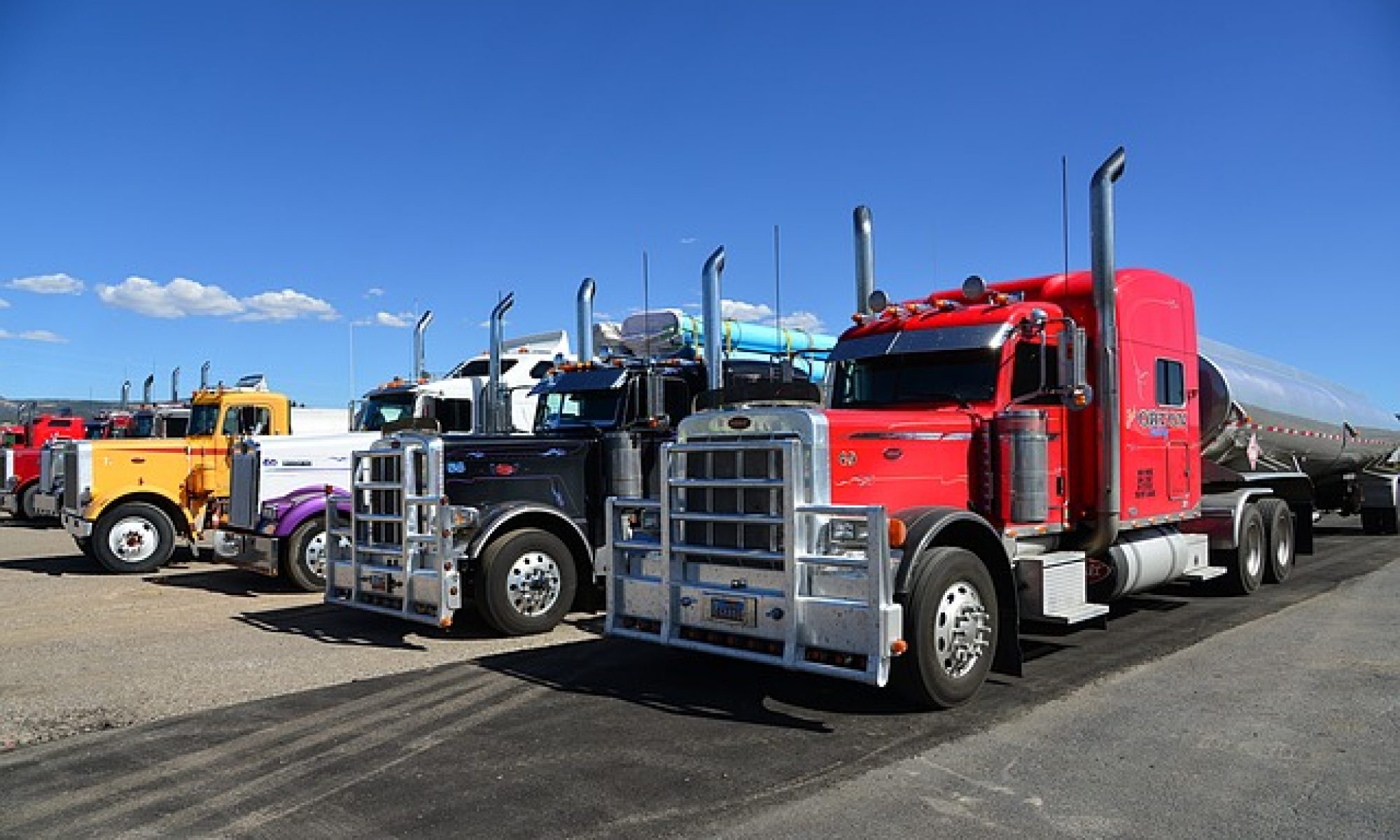C-Suite Executive Protection: Security Considerations in Corporate Transportation Planning
In today’s increasingly volatile business environment, protecting C-Suite executives extends far beyond traditional office security measures. In 2024, 37% of S&P 500 companies disclosed enhanced security services for their CEOs, up from 28% in 2023 and more than double the number that disclosed protective services a decade ago. This increase underscores the heightened focus on executive security amidst growing transparency around corporate activities and visibility of business leaders. The tragic assassination of UnitedHealthcare CEO Brian Thompson in December 2024 served as a stark reminder that executive protection is no longer optional—it’s a critical business necessity.
The Rising Threat Landscape
For CEOs, CFOs, COOs, and other members of the C-suite, the risks faced while traveling have never been greater. Bad actors have more resources than ever at their disposal to track the patterns of life of high-profile executives. Threats against corporate executives are especially common with consumer-facing companies in areas like travel, transportation and retail. These are areas where people have deep personal connections and grievances.
Modern executives face a complex array of threats that extend well beyond traditional physical risks. The number of S&P 500 companies disclosing cybersecurity or identity theft protection for CEOs more than doubled in 2024, rising from 3% to 7%. This digital vulnerability combines with physical security concerns to create a comprehensive threat matrix that requires sophisticated planning and execution.
Transportation: The Critical Security Component
Corporate transportation represents one of the most vulnerable aspects of executive protection. Efficient secure ground transportation (SGT) not only minimizes exposure to risks but also optimizes executive time management—a critical asset in maintaining productivity and operational momentum. The transportation phase of an executive’s day creates predictable patterns that can be exploited by threat actors, making professional security planning essential.
Chauffeured cars equipped with advanced safety features, such as bulletproof glass and GPS tracking, ensure safe and reliable transportation. Pre-planned routes are carefully chosen to minimize exposure to high-risk areas, avoid predictable patterns, and ensure timely arrivals. This level of planning requires partnerships with experienced transportation providers who understand the unique security requirements of executive travel.
Essential Security Considerations for Corporate Transportation
Effective executive protection in transportation planning requires a multi-layered approach. Teams provide secure transportation, discrete agents, on-site protection, and threat intelligence tailored to the client’s lifestyle. Dependent upon local regulations, vetted drivers in both armored and unarmored vehicles offer an extra layer of protection.
Key security considerations include:
- Route Planning and Intelligence: With thoroughly vetted drivers, real-time oversight, and strategic contingency planning, secure transportation services deliver a secure, comfortable travel experience that aligns perfectly with security and operational needs.
- Driver Vetting and Training: Professional drivers must undergo extensive background checks and specialized training in defensive driving and emergency response protocols.
- Vehicle Security Features: Modern executive transportation requires vehicles equipped with GPS tracking, communication systems, and appropriate security enhancements based on threat assessment.
- Real-time Monitoring: Global Security Operations Centers function 24/7 to track client movements across the globe.
The Business Case for Professional Transportation Security
Corporate executive protection services ensure that even in the face of potential threats, businesses can continue to operate smoothly. For example, secure transportation ensures executives arrive on time for critical meetings, while rapid response teams handle emergencies without major disruptions. By maintaining business continuity, organizations safeguard their profitability and stakeholder confidence.
The financial implications of inadequate security are significant. The median value of security services for CEOs in 2024 was approximately $80,000, down from approximately $94,000 in 2023. When weighed against the potential costs of a security incident—including business disruption, reputation damage, and legal liability—professional security services represent a sound investment in organizational resilience.
Selecting the Right Transportation Partner
For organizations operating in the New York metropolitan area, selecting a transportation provider with deep local expertise and proven security capabilities is crucial. Corporate Transportation in Newark, NJ requires providers who understand the unique challenges of navigating dense urban environments while maintaining security protocols.
Professional transportation allows executives to transport themselves from one meeting location to another with private transportation, enabling them to work on reports without worrying about traffic and delays. Black Car New Jersey exemplifies this approach, offering first-class private transportation service where stylish vehicles and skilled drivers provide comfort and style.
Integration with Comprehensive Security Programs
An effective Corporate Executive Protection (EP) program transcends mere security measures to become a strategic tool that ensures executive safety, enhances operational efficiency, and safeguards corporate reputation. Transportation security cannot exist in isolation but must integrate seamlessly with broader protective measures including residential security, travel security, and cybersecurity protocols.
With advanced threat assessments, secure transportation, residential protection, and crisis management, organizations ensure their clients meet board-mandated security requirements, providing peace of mind and continuity for leadership and stakeholders alike.
Future Considerations
As threats continue to evolve, transportation security must adapt accordingly. A corporate EP program is not a one-size-fits-all solution but a dynamic framework that aligns with organizational culture, priorities, and risk appetite. Organizations must regularly reassess their transportation security protocols, considering emerging threats, technological advances, and changing business requirements.
The investment in professional executive protection and secure transportation services represents more than just risk mitigation—it enables leadership to focus on strategic priorities while maintaining operational effectiveness. In an era where executive security has become a board-level concern, comprehensive transportation planning serves as a cornerstone of organizational resilience and business continuity.

